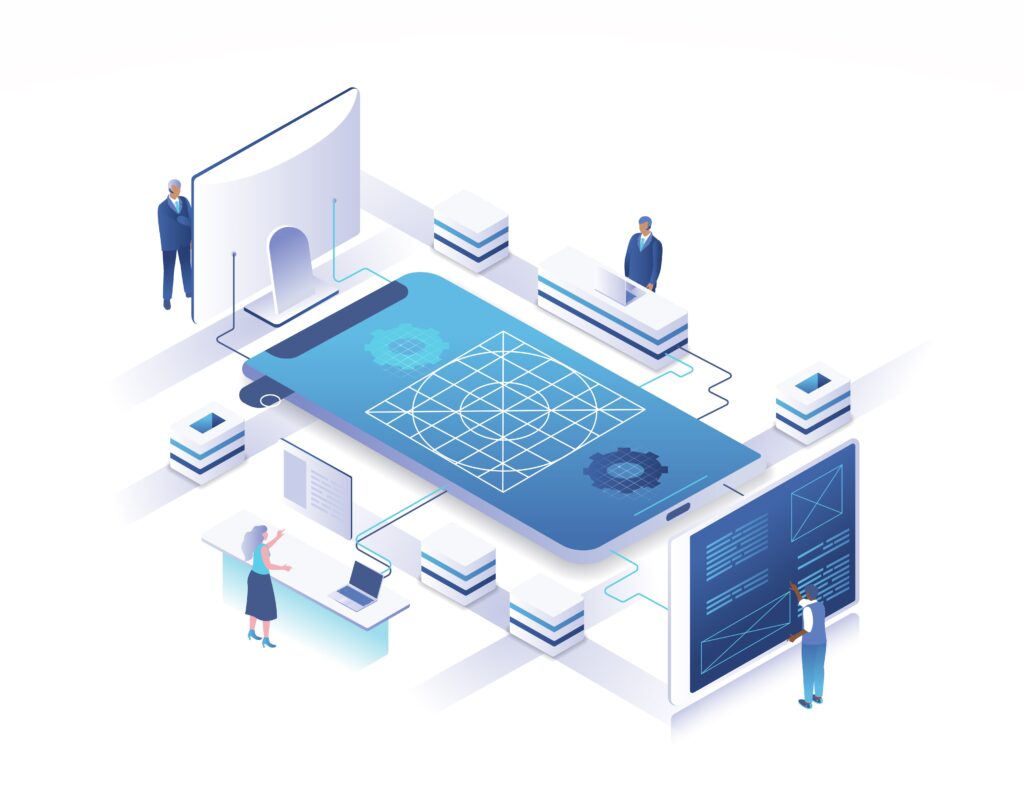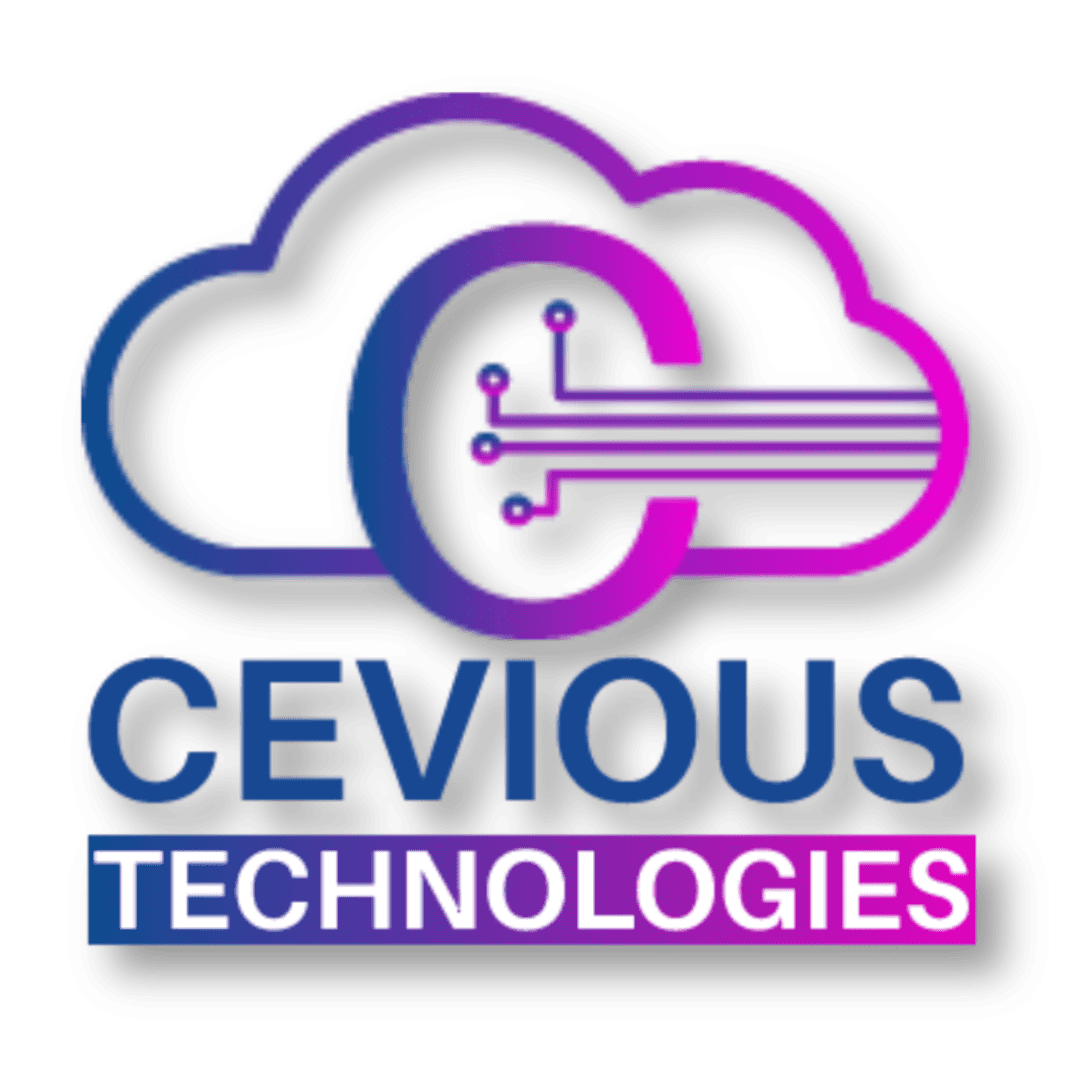
TallyCalculus 2.0: Outsmarting Impersonators
As technology integrates into every aspect of modern life, ensuring exam security has become a primary goal in the context of distance learning and online assessments. There is a need for more intelligent and flexible solutions that can monitor various exam environments and are economically sensible in terms of implementation. Through the use of modern technologies like comparing users’ faces with their identification documents and checking if they are active participants in the assessment, we have made further improvements in TallyCalculus’s proctoring features. This blog will focus on how these features are provided to ensure assessment security and efficiency for all parties involved.
What is TallyCalculus?
TallyCalculus is TEPL’s assessment platform—built to enable learners to simulate Tally certification exam preps with proper mock tests. Its beginnings included some pilot components like Management of Question Banks, comprising authoring multiple-choice question sets and complex descriptive answer questions. The functional interface is user friendly for learners to explore and utilize section calculators without difficulty on many forms of device.
The platform featured some integrated proctoring tools. Proctoring is the activity of monitoring an exam to prevent cheating. Traditionally, it is done in person, but the growth in online learning and remote examinations has given rise to digital proctoring systems that observe candidates through webcam, screen capture, and audio monitoring. This helps maintain the integrity of exams even when students take them from home.
What TallyCalculus already had
TallyCalculus came with several proctoring tools. These tools unobtrusively monitored exam activities, including screen and webcam feeds, and flagged anything that could be deemed suspicious. For example, browser violations were monitored when a candidate stepped outside the exam window except when they were switching to Tally. The system took face count as well as sound level checking for faces, multiple faces, and noise.
The real-world presented some issues, also. Steps in the vicinity or environmental sounds could cause triggers for false positives. As a solution, smart thresholds were established confirming violations only if they were enduring. To differentiate between legitimate and illegitimate switching of windows to Tally, TallyCalculus employed machine learning models.
What's new in TallyCalculus
Identity verification was one of the more notable remaining gaps. While it was clear that TallyCalculus could detect any dishonest actions explainable, the system was not verifying who actually was taking the examination. In order to mitigate impersonation risks, we adopted face comparison and detection of liveness ensuring that the person taking the examination was the one who registered.
Face comparison, however, had some challenges, such as poor-quality preregistered photos at centers and the possible abuse of still images. To solve these problems, a stepwise approach to face comparison was developed. Fresh pictures are taken at the beginning of the exam, after the candidate has been matched with the preregistered picture. These images, together with the registered photo, will be used for face comparison during the exam to eliminate as many false positives as possible. A verification check is also used to ensure that what is in front of the camera is a living person and not just a picture. In violation management, a lot more was done, and now there are several checks every 5 seconds before serious issues are flagged.
Technical details
For face comparison and liveness checking, the system used TensorFlow and OpenCV technologies. These modules performed the correctly claimed identification verification processes of eye blinking and expression change detection. As more exams were served, the in-house proctoring service was made more efficient to new exam loads without increasing CPU usage.
- Face comparison: With TensorFlow and BlazeFace, a face is detected on the frontend and a series of analyses are performed on the backend. After using dlib’s face predictor model, OpenCV is used to perform the comparison based on Euclidean distance to calculate resemblance. If a given face comparison fails due to angle problems or short-term obstructions of the face, the algorithm captures another image automatically after 5 seconds and tries to redo the comparison. This method is repeated up to three times. If all attempts fail, a violation is recorded by the system.
- Liveness detection: For managing liveness detection, 10-second video snippets are recorded at predetermined intervals and sent to the backend for further action. Numerous frames are captured from each video at varying time points to compare and analyze the eye coordinates and face features (eye-level and hot spot analysers). The system checks if a person is alive by monitoring eye blinks and expression changes.
Privacy considerations
The focus on both test security and protection of personal information ranked equally important during the development process. The system maintained data privacy within the infrastructure proved preferable over sending information to third-party cloud solutions processing data outside of the network. The self-hosted solution maintains all exam data within the infrastructure base to prevent privacy breaches.
What sets this solution apart?
Several specific factors make TallyCalculus stand out in the industry.
Custom proctoring software cuts expenses drastically since it charges students $0.05 per hour whereas online providers cost $0.35 per hour.
- Face comparison API costs (From cloud service): 276# comparisons × $0.00125 = $0.345 per exam.
- Our proctoring system works on a single 4-core compute-optimized machine that serves 15 candidates at once. Each test candidate will cost around $0.05 when the system handles just half of the available seats.
Our system processes 4 photos for face comparison every minute and 15% of images require re-comparison due to poor angle quality.
- Our service processes data at our facilities to protect users’ personal information.
- Our system permits complete customization of algorithms so we can customize threshold values and decrease error detection results while cloud services have restricted customization.
Feature | From cloud service | Custom solution (dlib + OpenCV + TensorFlow) |
Face comparison cost (per exam) | $0.345 (276 comparisons × $0.00125 per call) | $0.05 (using a compute-optimized machine) |
Efficiency | It handles several application requirements better than simple systems | Efficient for our specific needs |
Liveness detection | Available as an additional service (at extra cost) | Built-in with custom video-based detection |
Processing time | The speed depends on the connection to our APIs plus your internet connection | Faster (local processing, no external API calls) |
Scalability | Our Cloud platform grows automatically with the Cloud service | Start-up and monitoring work must be done by hand but the system scales itself automatically |
Customizability | Limited to API features | Fully customizable (control over face comparison, thresholds) |
Initial setup | Minimal setup, just API integration | Our system needs us to prepare and adjust our models before they run on our computer servers. |
Infrastructure cost | Pay-per-use pricing model | One-time server setup cost + minimal per-exam cost |
Security of data | The data travels to the cloud system where users might face privacy risks. | Data remains within our infrastructure |
False positive handling | Multi-face comparison through APIs comes with potential high service costs. | Our system lets users adjust failure detection tests to cut down on false alarms in results |
Overall cost per candidate (1-hour exam) | ~$0.50 (face comparison + liveness detection) | ~$0.05 (fully self-hosted solution) |
Current limitations and future improvements
TallyCalculus gives you good results in person validation but its system has room for improvement in certain parts.
- Weak lighting during photoshoots makes the system less accurate because it struggles to match pictures with the most up-to-date face records.
- The system may show incorrect results when detecting candidates who rarely blink or do not show many facial movements. Our method depends on eye blinking and facial expression recognition yet these measures do not work well for everybody.
- The system fails to properly measure liveliness because it finds it difficult to identify facial features of people who wear glasses with noticeable frame thickness or glare.
Our recent proctoring platform updates help develop TallyCalculus better even though they do not require heavy additional spending. The product faces certain usage hurdles but our teams are dedicated to improving its performance including better handling of dim lighting and enhancing its universal live detection capability. Our solution grows at a low cost while guarding exam security which benefits both us and our user groups.








